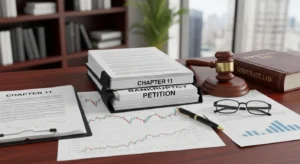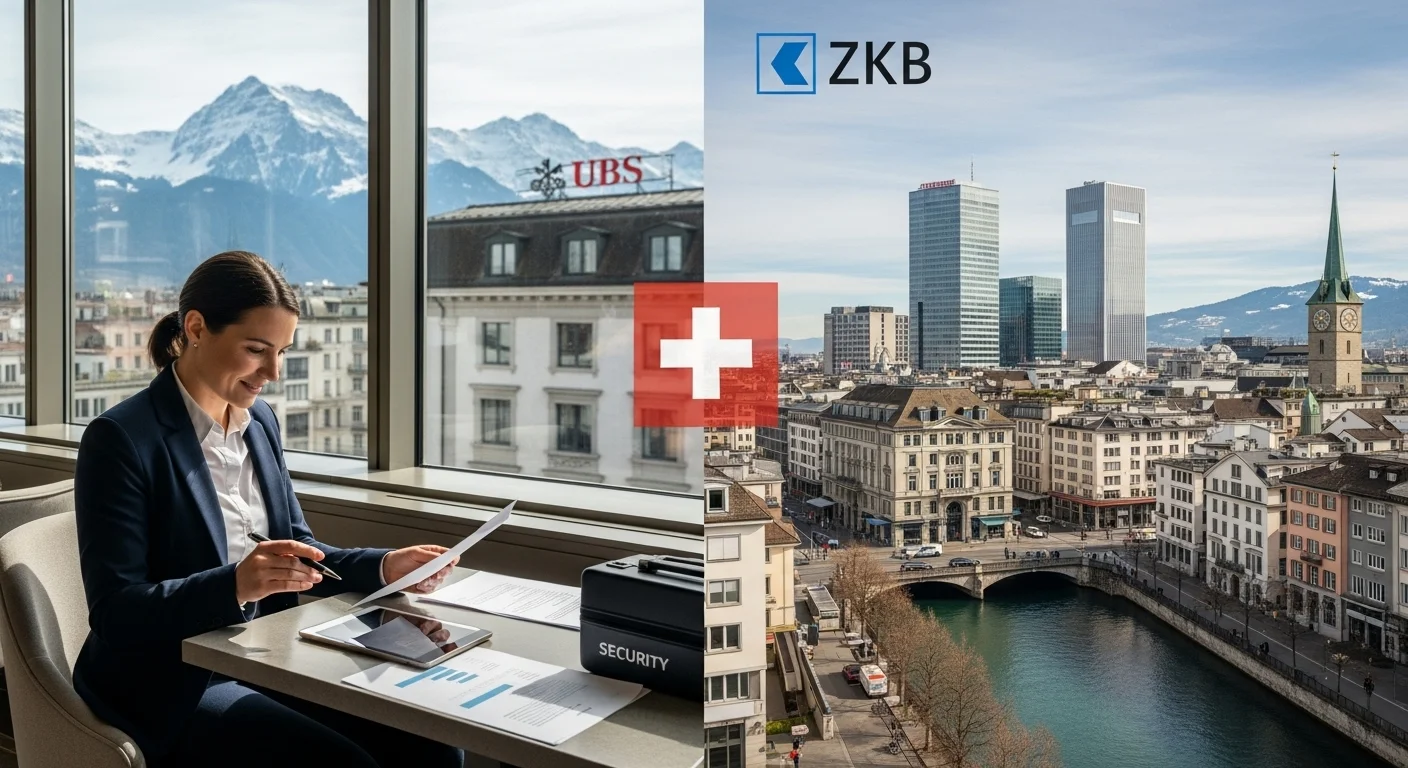Linqto Bankruptcy: Complete Guide for Investors and Creditors
The financial world was shaken when Linqto, a private investment platform that allowed retail investors to access pre-IPO companies, filed for Chapter 11 bankruptcy. This development has left thousands of investors and creditors seeking clarity on what happened, how their assets are affected, and what recovery options are available. This article provides a comprehensive look at the Linqto bankruptcy, examining the causes, court proceedings, investor impact, legal disputes, and lessons for the fintech market.
Introduction to Linqto
Linqto emerged as a platform designed to democratize access to private markets. It allowed retail investors to purchase shares in private companies before they went public, effectively bridging the gap between private equity and ordinary investors. Over the years, Linqto expanded its offerings, providing tools for portfolio management and investment tracking.
However, despite its growth and popularity, Linqto faced regulatory scrutiny and structural challenges that eventually led to financial distress. Understanding the platform’s structure and the nature of its offerings is essential for comprehending the reasons behind the Linqto bankruptcy.
Causes of Linqto Bankruptcy
Several factors contributed to Linqto filing for Chapter 11. The most significant cause was regulatory pressure. The platform became the subject of investigations by the Securities and Exchange Commission and other federal authorities due to alleged violations of securities laws. These investigations uncovered compliance issues and operational irregularities.
In addition to regulatory scrutiny, structural flaws within Linqto contributed to the bankruptcy. The platform used series LLCs to manage investor funds, but these arrangements were not always properly formalized. Questions arose regarding title transfer, ownership of customer assets, and corporate governance. Investors may not have held direct ownership of the shares they believed they owned, making them unsecured creditors in the bankruptcy process.

Operational and management issues compounded these problems. The leadership at the time did not address systemic flaws, and inadequate oversight created vulnerabilities. This combination of regulatory investigations, structural defects, and operational mismanagement ultimately triggered the filing for Linqto bankruptcy.
Linqto’s Bankruptcy Filing
Linqto filed for Chapter 11 in the Southern District of Texas, signaling its intent to undergo a court-supervised restructuring. This filing allows the company to continue operations while reorganizing its finances and addressing creditor claims. To support ongoing operations during the restructuring process, Linqto secured $60 million in debtor-in-possession financing from Sandton Capital Partners.
The court’s decision to keep the bankruptcy case in Texas, rather than transferring it to Delaware, reflects procedural and jurisdictional considerations. The court will oversee all filings, asset verification, and creditor disputes. Chapter 11 provides a framework that protects the company and its stakeholders while allowing for potential recovery solutions.
Impact on Customers and Investors
The Linqto bankruptcy has significant implications for investors. Thousands of customers who invested through the platform face uncertainty about the status of their assets. To address these concerns, Linqto released a complete historical transaction dataset covering over 13,000 customers between 2020 and 2025. This dataset allows investors to verify their holdings and participate in the claims process.
Investors are categorized as unsecured creditors due to the structural flaws in Linqto’s corporate setup. As a result, recovery may not fully cover original investments. Two primary recovery mechanisms are being discussed: the Liquidating Trust and the Closed-End Fund. The Liquidating Trust provides individual portfolios reflecting actual purchases, but liquidity may be delayed until the company exits or IPO events. The Closed-End Fund pools assets, offering potential liquidity sooner, but may mix weaker assets with stronger ones, affecting overall value.

Understanding these mechanisms is crucial for investors to make informed decisions about their next steps. While the assets themselves have been independently verified as secure, investors must navigate the complexities of claims and recovery carefully.
Settlement Updates and Legal Disputes
Legal proceedings are a key component of the Linqto bankruptcy. Brown Rudnick, representing certain creditor groups, recently reached a settlement aimed at resolving disputes between investors and the platform’s management. This settlement focuses on maximizing recoveries for creditors while maintaining transparency in the claims process.
Another notable legal development involves Jefferies, a financial advisory firm that sought to reinstate its retention in the bankruptcy proceedings. The dispute highlights the complex negotiations and legal maneuvers typical in large Chapter 11 filings. These settlements and disputes directly influence the restructuring plan and investor recoveries, making it essential for stakeholders to stay informed.
Historical Transaction Dataset
One of the unique aspects of the Linqto bankruptcy is the release of its historical transaction dataset. Covering over five years of customer activity, the dataset provides unprecedented transparency for retail investors in a private-market platform. Investors can use this data to confirm ownership, track transactions, and file accurate claims.
Independent audits have confirmed that the underlying shares are secure. This measure helps reassure investors while highlighting the importance of transparency and data availability during complex bankruptcy proceedings.
Implications for Retail Private Investing
The Linqto bankruptcy is a cautionary tale for retail investors participating in private-market platforms. It emphasizes the risks associated with pre-IPO investments, including regulatory oversight, structural integrity, and corporate governance. Platforms that offer retail access to private equity must maintain robust compliance frameworks to prevent similar crises.
The broader private investing market has observed this event carefully. Industry players suggest that while Linqto’s bankruptcy is significant, it does not threaten the overall pre-IPO investment market. Nevertheless, investors are encouraged to conduct due diligence, verify asset ownership, and consider potential legal protections before engaging in private-market investments.
Recovery and Next Steps for Investors
Investors affected by the Linqto bankruptcy should follow a structured approach to maximize recovery potential. First, review the historical transaction dataset to confirm holdings and identify discrepancies. Next, participate in the claims process through the Chapter 11 filings. Understanding whether assets are handled via the Liquidating Trust or the Closed-End Fund will guide expectations regarding liquidity and timelines.
Consulting legal and financial advisors is highly recommended. Professionals can provide guidance on filing claims, evaluating potential recoveries, and navigating complex bankruptcy procedures. Staying updated on court filings and settlement announcements ensures investors can act promptly when opportunities arise.
Risk Management Strategies Post-Bankruptcy
The Linqto bankruptcy underscores the importance of risk management in retail private investing. Investors should prioritize platforms with transparent asset management, verified ownership structures, and regulatory compliance. Conducting independent research and seeking professional advice can mitigate potential losses in the event of a platform collapse.
Diversification across multiple investments, understanding the legal structure of holdings, and reviewing historical performance and transaction data are crucial strategies for protecting future investments. Lessons from Linqto encourage more cautious and informed participation in private-market platforms.

Conclusion
The Linqto bankruptcy represents a complex intersection of regulatory oversight, corporate mismanagement, and investor impact. By releasing its historical transaction dataset and implementing transparent processes, Linqto offers investors the tools to verify holdings and participate in recovery. Understanding the recovery mechanisms, legal disputes, and ongoing court proceedings is essential for creditors and investors alike.
For retail investors, the Linqto bankruptcy serves as a vital lesson in due diligence, risk management, and the importance of platform transparency. By learning from these events, investors can make better-informed decisions in the private investment landscape while protecting their assets and financial interests.








Post Comment